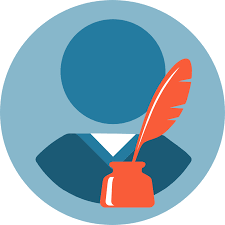That’s where the average student can use the Internet of Things Toolkit as a starting point to find a job. Now, this doesn’t mean that this toolkit is the most effective means of finding work.
However, it does serve as a useful tool that will help a student to find a job online, as well as help the student do some research and understand how a certain company works. Many students have successfully used this toolkit to get in touch with companies in a matter of minutes. The first step, therefore, is finding a good job.
Now, when it comes to studying for the Internet of Things Exam, many students choose to get it from a tutor. While this can be useful, the average student may not have time to make it work. Many students, however, choose to study on their own. This means that they can start off by trying to grasp the concepts that are involved in Internet of Things, such as sensors, mains and sensors-enabled devices.
Then, once they have a grasp of those concepts, they can move on to studying for the exams. At the same time, it’s helpful for students to go through the Internet of Things Toolkit before going for the actual exam so that they can have an idea of how to go about their research.
Some of the main questions students need to be able to answer are: what makes a product or device “Internet of Things-enable?” and what are the characteristics of “Internet of Things-enabled devices?” There are hundreds of categories of IoT-enabled devices, but one that most students are familiar with is the My Energy sensor.
The My Energy sensor, also known as the My Energy Medical Device, is a wireless machine that can be used in hospitals, homes and other places that have energy needs. While the Medical Device can be used in any place where there are power needs, the latest version can also work on batteries, making it possible to use it in places that don’t have electricity.
The My Energy Medical Device is part of the IoT platform and helps the person who has it connect to the My Energy sensor. For example, the sensor sends signals to the machine, which is in turn used by doctors to diagnose illnesses or monitor patients.
When the My Energy Medical Device senses the condition of a patient, it will alert the patient’s doctor and let him know what the patient’s condition is, or the condition of the environment around the patient. This is very useful, as without it, there would be no way for doctors to know if their patients are at risk of dying or being permanently damaged.
The only problem with the My Energy Medical Device is that it can only tell doctors how to act and treat their patients when there is electricity around. If there is no electricity, the device will not be able to function properly.
To enable this system, there are two versions of the Internet of Things, namely the IoT Plug-and-Play and the IoT Offline. While the Plug-and-Play IoT is designed to be plugged into any computer network, the Offline IoT is a device that is activated using a smartphone application, such as Microsoft’s Office for Windows Phone.
There are so many ways to use the Internet of Things for student career growth, particularly if the student is looking to help out in areas like health and medical technology. The Internet of Things Toolkit can help you gain insight into what’s possible and will assist you in taking steps towards doing something about it.


